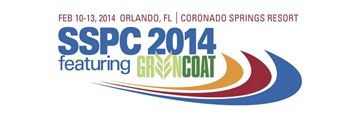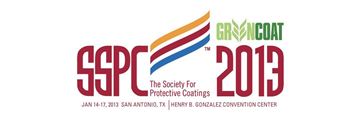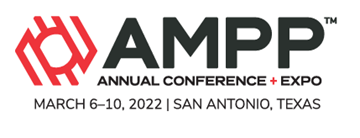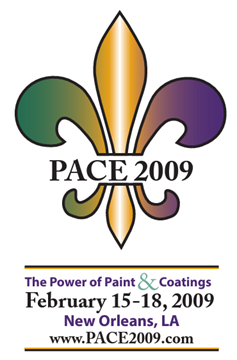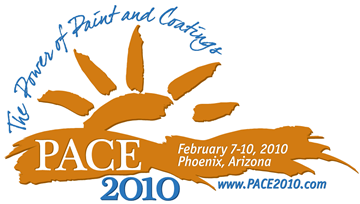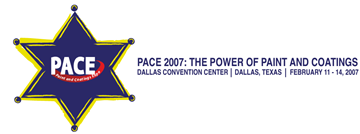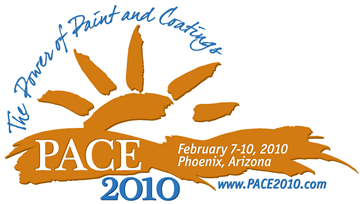Search
Products tagged with 'coatings'
View as
Sort by
Display
per page
A Low VOC and Sprayable Siloxane Nonskid/Nonslip Coating for the U.S. Navy & Non-Military Markets
Product Number:
41214-826-SG
Publication Date:
2014
$20.00
A New Protocol for Evaluating the Effectiveness of Coatings Used to Reduce Corrosion of Steel Structures
Product Number:
51220-295-SG
Publication Date:
2020
$20.00
A Novel Alternative Surface Preparation for Duplex Coating of Galvanized Steel
Product Number:
41213-783-SG
Publication Date:
2013
$20.00
A real-time matrix based corrosion monitoring system
Product Number:
51322-18130-SG
Publication Date:
2022
$20.00
A Study of the Robert F. Kennedy (Triborough) Bridges New York, New York
Product Number:
41210-568-SG
Publication Date:
2010
$20.00
A Study on the Effect of Surface Profile on Pull-off Adhesion Strength Value of Organic Coatings
Product Number:
51323-19225-SG
Publication Date:
2023
$20.00
A Total Performance Approach to Concrete Preparation for Epoxy Systems
Product Number:
41206-292-SG
Publication Date:
2006
$20.00
Accelerating Construction in Sewer Collection: Madison CMIC Pump Station #1 A Case Study
Product Number:
51219-226-SG
Publication Date:
2019
$20.00
Accuracy and Linearity of Sling and Digital Psychrometers
Product Number:
41207-367-SG
Publication Date:
2007
$20.00
Additives for Environmentally Friendly Coatings
Product Number:
41210-534-SG
Publication Date:
2010
$20.00
Adhesion And Wear Resistance Of PVD Nitride-Based Coatings On Zircaloy Substrates
Product Number:
ED22-17266-SG
Publication Date:
2022
$20.00

